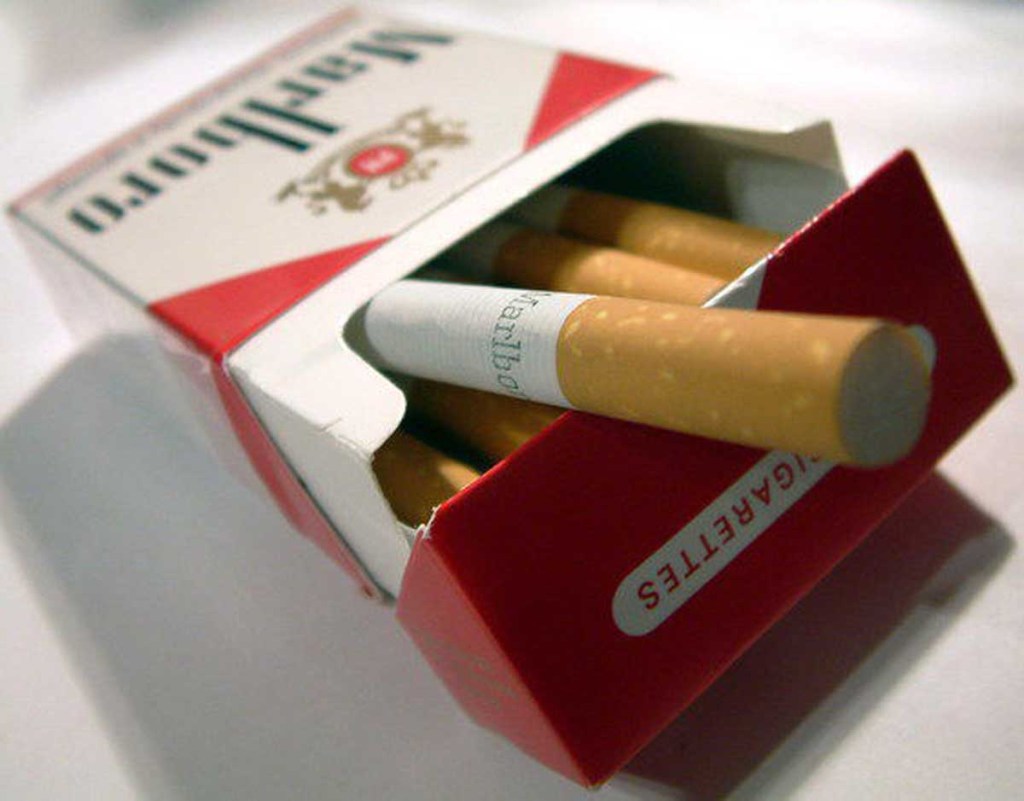Motives behind proposed cigarette hike in Oklahoma questioned
Published 8:00 am Tuesday, February 21, 2017

- box of cigarettes
OKLAHOMA CITY — For the second year in a row, officials in Oklahoma are deeply divided over a proposal that seeks to hike the pack of cigarette price by $1.50.
Advocates, including Gov. Mary Fallin, contend increasing the cost of a pack will deter smoking and save millions in health care costs, but critics contend the hike isn’t really about improving health outcomes.
Instead, opponents argue it’s a thinly veiled revenue grab by cash-strapped lawmakers to fill an $868 million budget gap.
“There is a certain select group of the population that truly (looks) at it as exclusively a health issue in terms of reducing the smoking rates and trying to improve health outcomes,” said House Minority Leader Scott Inman, D-Del City.
“But (for) the vast majority of the people who are pushing this issue…who have contacted me and my members in the last number of weeks, it’s exclusively about funding,” he said.
A measure to approve the hike is awaiting a vote in the House of Representatives.
“Arguably a tax on tobacco is probably the easiest revenue-raising measure that you could advance,” said House Speaker Charles McCall, R-Atoka. But, he said the hike remains a divisive issue for members of both parties.
After a similar measure failed to garner bipartisan support last year, Fallin again pitched the idea in her annual State-of-the-State address earlier this month, saying a price hike would help improve health and generate an estimated $257.8 million in new revenue for health care needs.
Smoking remains the state’s No. 1 preventable cause of death, costing $1.6 billion in health care, Fallin said.
Hiking the cost of a pack of cigarettes is probably the most effective way to decrease smoking rates, particularly among children, said John Schachter, director of state communications for the Campaign for Tobacco-Free Kids.
“The most important thing we’ve seen in every state where there’s been a significant increase is the use rates have gone down,” he said. “That’s based on study after study.”
Every 10 percent increase in price reduces consumption by about 3 to 5 percent, he said.
The group studied Oklahoma’s proposal and found a $1.50 hike would deter 28,000 children from lighting up as adults. In addition, nearly 30,000 grown-ups would quit, he said.
“Kids, specifically, are price-sensitive,” Schachter said, adding that as many as 90 percent of smokers first light up before they turn 18. “If you raise the price, they won’t buy as much.”
While there may be health benefits, Inman said his members worry the tax is a “low-hanging fruit” that some lawmakers are using to try to fill the gaping budget hole.
“There are many other things that have much broader and more positive impacts on health in Oklahoma than just the cigarette tax,” he said.
Inman said House Democrats will not support the measure unless it guarantees all revenue generated by the hike will permanently be spent on the state’s health care needs.
Janelle Stecklein covers the Oklahoma Statehouse for CNHI’s newspapers and websites. Reach her at jstecklein@cnhi.com.




